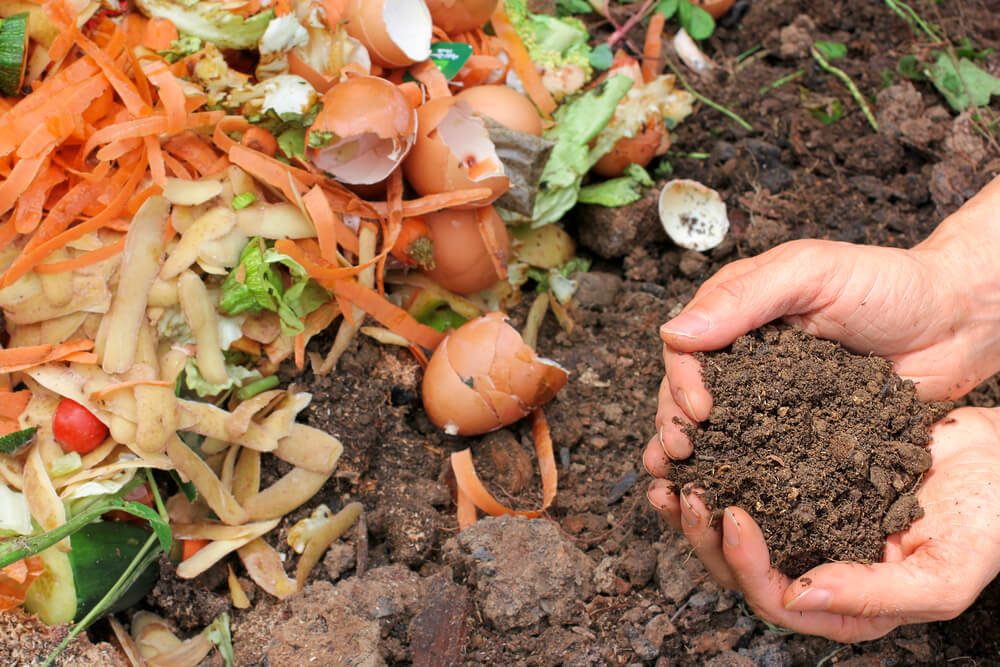Choosing the Best Composting Method for Your Space and Needs
Composting transforms kitchen scraps and yard waste into “black gold”—a nutrient-rich soil amendment that improves soil structure, fertility, and moisture retention. But not every method suits every space or lifestyle. Whether you live in an apartment, have a suburban backyard, or run a small urban farm, there’s a composting strategy tailored to your constraints and … Read more










